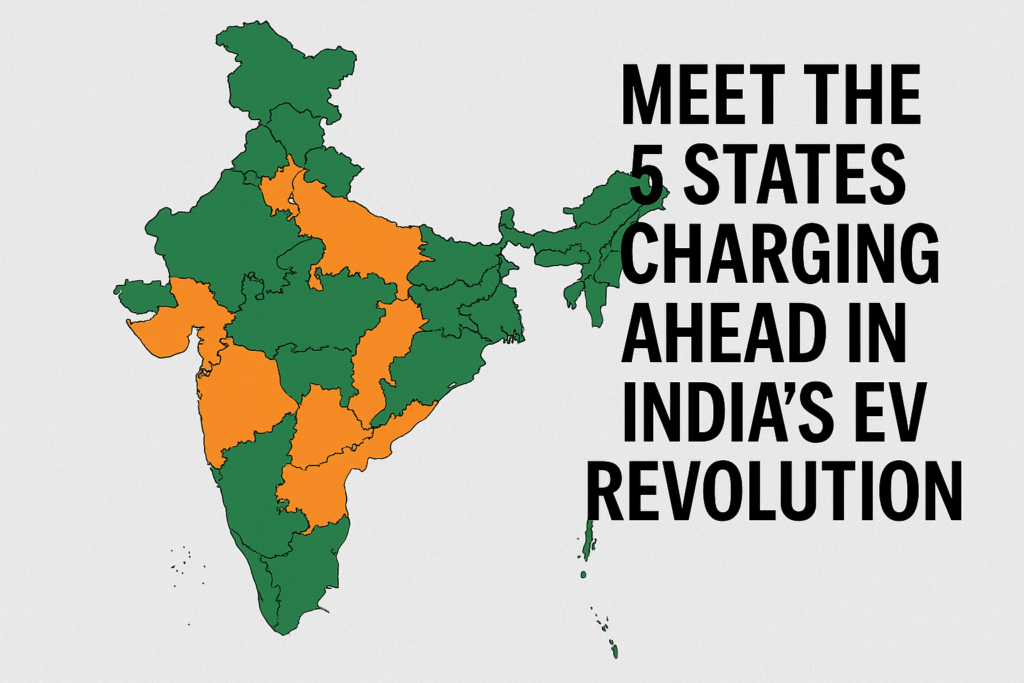India’s EV sector is projected to become a $100 billion opportunity by 2030. But the true drivers of this transformation are states like Tamil Nadu, Gujarat, Maharashtra, Karnataka, and Uttar Pradesh—each crafting policies and building ecosystems that are reshaping mobility, manufacturing, and energy security.
States as Engines of Innovation
While NITI Aayog’s projections highlight the scale of India’s EV ambition, the execution rests largely with states. Gujarat has pioneered a “subsidy stacking” model, aligning central and state benefits to dramatically reduce the cost of ownership. Karnataka, leveraging Bengaluru’s startup ecosystem, has positioned itself as an innovation hub, attracting companies that build charging networks, battery management systems, and new mobility solutions. These policy experiments act as laboratories, providing templates that other states can adopt or adapt.
Local Solutions, Local Impact
Each state is tailoring strategies to its specific geography and transport needs. Maharashtra is pushing hard on fleet electrification, targeting taxis, buses, and delivery vehicles in Mumbai and Pune to tackle urban air pollution. Uttar Pradesh, the heartland of India’s e-rickshaw economy, is focusing on electrifying last-mile connectivity, with direct benefits for millions who rely on short, daily commutes. Tamil Nadu has gone further, turning itself into India’s EV manufacturing hub. With 40 percent of total EV investments flowing into the state (IBEF 2024), it has attracted global automakers and homegrown startups, reshaping the country’s industrial geography.
Ripple Effects on Jobs, Energy, and Cities
The EV wave is already producing visible ripple effects. On the jobs front, Ola’s Tamil Nadu factory alone employs over 10,000 people, with suppliers and ancillary units adding thousands more. On energy, widespread adoption of EVs is reducing India’s dependence on imported oil—critical for a nation with one of the world’s largest fuel import bills. On the environment, electric buses deployed in Bengaluru have cut nitrogen oxide emissions by 30 percent on key routes (KSPCB 2023), signaling a transformation in how Indian cities breathe and move.
The Road Ahead
The EV transition is no longer a question of if but how fast. Yet challenges remain: building a reliable charging infrastructure, ensuring grid readiness, and preventing policy flip-flops that could stall momentum. If these hurdles are managed, India’s electric future will not just be written in Delhi’s planning documents, but in the states that dared to innovate, compete, and lead.


